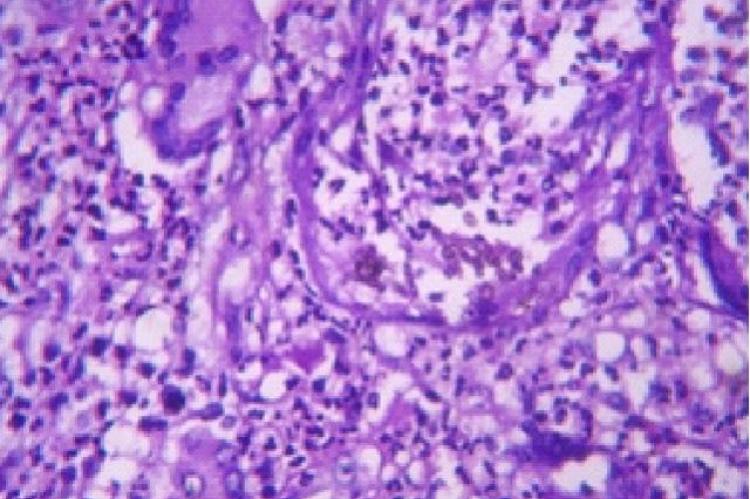Phaeohyphomycosis are rare infections caused by dematiaceous fungi affecting the skin, subcutaneous tissue, paranasal sinuses or uncommonly the central nervous system, where it is associated with a high morbidity and mortality. Cladophialophora bantiana and Ramichloridium mackenziei, Xylohypha bantiana are the most frequent causes of cerebral phaeohyphomycosis; These fungi are extremely neurotropic and infections by them are usually confined to brain and meninges. Complete surgical removal associated with antifungal therapy is the treatment of choice. Early diagnosis is the key to proper management of this life threatening disease. We report a case of cerebral phaeohyphomycosis in an 11 year old child from Eastern India which was clinically and radiologically diagnosed as cerebral pyogenic abscess.
View:
- PDF (240.1 KB)


